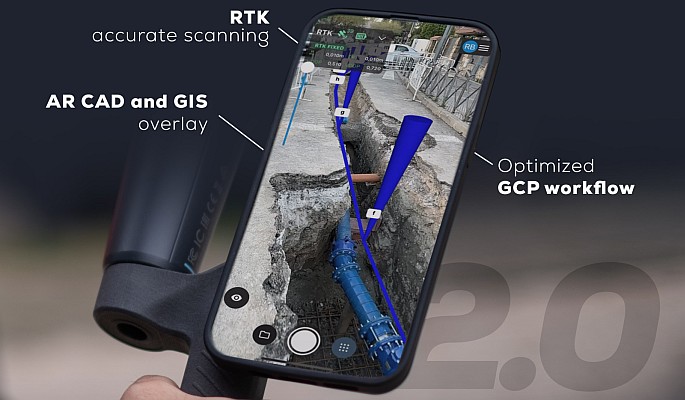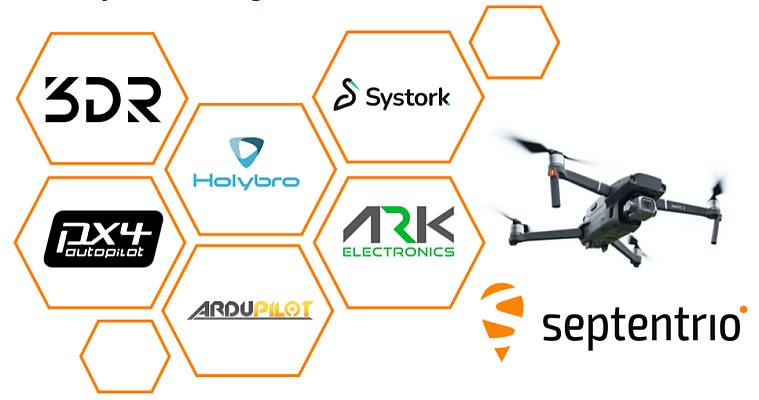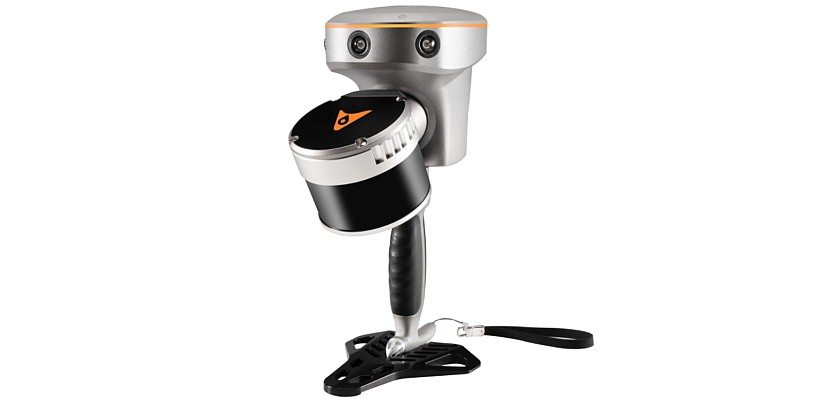NAVTEQ, a leading global provider of digital map data for location-based solutions and vehicle navigation, has announced the launch of Digital Terrain Model and Satellite Imagery which enable richer, more realistic map display in location-based and navigation applications. These are in addition to NAVTEQ’s 2D Landmark Footprints, Enhanced 2D Footprints, 3D City Models and 3D Landmark products.
Digital Terrain Model provides three dimensional elevation data that reflects the relative height of the earth’s surface. This is further enhanced with texture and colors to help users better understand where they are in relation to surrounding natural landmarks.
Satellite Imagery adds realism to map display and helps consumers more easily orient themselves in the real world when used in navigation and location-based systems. NAVTEQ has enhanced its Satellite Imagery to have a consistent look and feel worldwide, creating a more seamless user experience and enabling global use for large scale applications.
The combination of these new types of Visual Content enables system displays to offer a real world representation which is being demanded by sophisticated consumers with increasing expectations for realistic navigation experiences. Both products are available worldwide and include names and features from the NAVTEQ digital map that add more contexts.
"Reaction to our existing Visual Content products has been very positive so far. With the addition of Digital Terrain and Satellite Imagery, customers of the NAVTEQ Map will now have even more flexibility to add realism and context to map displays," said Cliff Fox, SVP Map Division of NAVTEQ.
NAVTEQ has geo-referenced these two new layers of Visual Content to the industry leading NAVTEQ map, which enables application developers to flexibly implement this content relevant to their user needs and system capacity.
In keeping NAVTEQ’s single database specification, these Visual Content products are offered in a consistent global format to help improve time-to-market and application development timing.
Given the success of NAVTEQ Visual Content, a future expansion of the product portfolio is expected.






